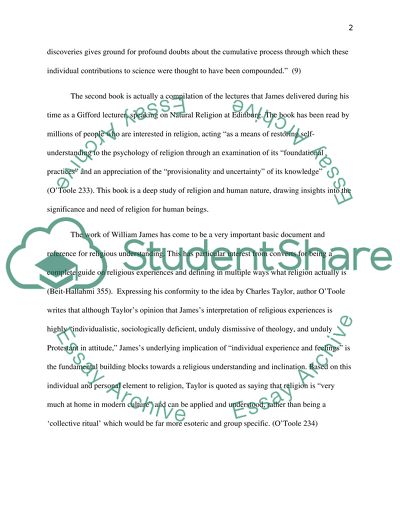Cite this document
(“The Structure of Scientific Revolution (Kuhn) and Varieties of Essay”, n.d.)
Retrieved from https://studentshare.org/miscellaneous/1557708-the-structure-of-scientific-revolution-kuhn-and-varieties-of-religious-experience-james-an-analytical-review
Retrieved from https://studentshare.org/miscellaneous/1557708-the-structure-of-scientific-revolution-kuhn-and-varieties-of-religious-experience-james-an-analytical-review
(The Structure of Scientific Revolution (Kuhn) and Varieties of Essay)
https://studentshare.org/miscellaneous/1557708-the-structure-of-scientific-revolution-kuhn-and-varieties-of-religious-experience-james-an-analytical-review.
https://studentshare.org/miscellaneous/1557708-the-structure-of-scientific-revolution-kuhn-and-varieties-of-religious-experience-james-an-analytical-review.
“The Structure of Scientific Revolution (Kuhn) and Varieties of Essay”, n.d. https://studentshare.org/miscellaneous/1557708-the-structure-of-scientific-revolution-kuhn-and-varieties-of-religious-experience-james-an-analytical-review.


